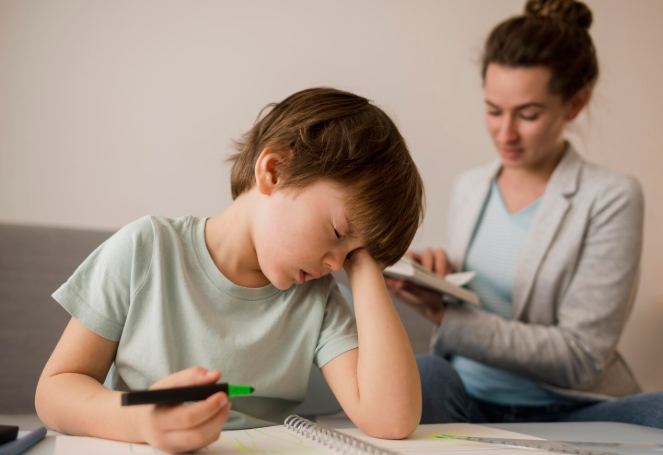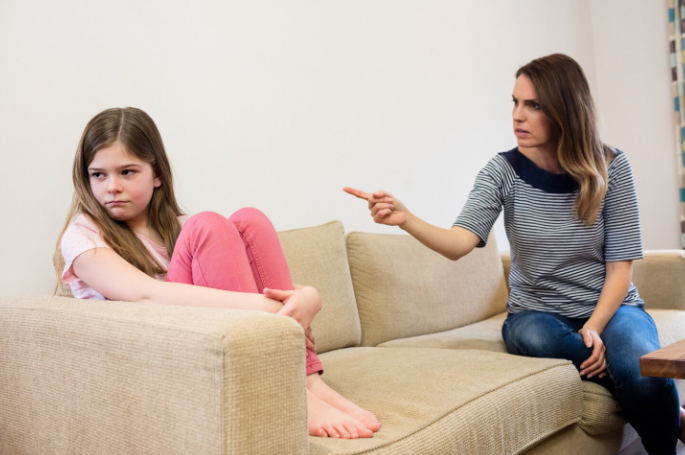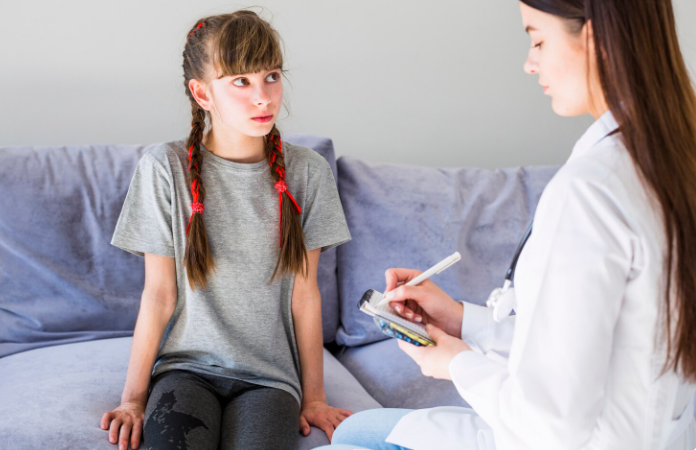Personalized strategies and treatment can help you thrive — let’s explore your options.
Offering guidance and support every step of the way.
Book Now
If you’re a parent, caregiver, or educator wondering whether a child’s “quirks” are crossing into something more, you’re in the right place. Obsessive–compulsive disorder in young people can be sneaky at first: a few extra hand washes here, an insistence on “just right” there. Then it starts stealing time from homework, sleep, sports, and friendships. The hopeful part is simple and powerful: pediatric OCD is treatable, and most kids can get their lives back with the right plan.
Want personalized help that fits your family’s routine and school calendar? Our team at Transcending Psychiatry builds step-by-step care plans for children and teens.
OCD pairs obsessions (intrusive, unwanted thoughts, images, or urges) with compulsions (actions or mental rituals done to reduce distress or prevent something “bad”). Kids often hide obsessions because they feel scary or embarrassing, so adults usually notice the compulsions first.
Common obsession themes: contamination, harm coming to self or others, moral/scrupulosity, “just right” or symmetry, fears of saying/doing something offensive, relationship doubts.
Common compulsions: washing/cleaning; checking doors, locks, schoolwork; repeating/rewriting; arranging and ordering; mental rituals like counting, praying, or “canceling” thoughts; reassurance seeking; avoidance.
The key difference from normal preferences or routines is distress and disruption. If time, energy, and family life are reorganized around the rituals, that’s a red flag.
OCD can appear in early childhood, but most commonly emerges between late childhood and mid-adolescence. You might see early hints around transitions, bedtime, bathroom use at school, or big evaluation moments like tests and performances. Some children show a sudden spike after illness or stress; others develop symptoms gradually.
Look for patterns across weeks, not one tough day. Repeated rituals that shrink a child’s world are what matter.
Parents often search phrases like “OCD symptoms in kids.” Here’s what those can look like day to day.
Excess handwashing, long showers, or avoidance of “dirty” places or people
Repeating actions until they feel “just right”
Ritualized bedtime routines that expand over time
Reassurance seeking (“Are you sure I didn’t hurt someone?”) dozens of times a day
Avoiding school bathrooms or cafeteria tables
Perfectionism and overchecking schoolwork, rewriting assignments repeatedly
Mental rituals: silent praying or counting to neutralize a thought
Avoiding friends, classes, or activities that trigger obsessions
Confessing or apologizing repeatedly for minor or imagined mistakes
Hoarding school papers or items “in case” something bad happens
Heightened scrupulosity or morality concerns, fear of being “bad” or offensive
Contamination fears around personal care or clothing
Relationship-focused worries and reassurance seeking in texts or DMs
Body-related checking and “just right” grooming arranged around imagined flaws
No two children show OCD in the same way. The common thread is time lost, distress, and rules that feel impossible to break without doing a ritual.

There isn’t one single cause. Think of OCD as a vulnerability plus stress equation.
Biology: family loading, temperament sensitive to uncertainty, and brain circuits that over-flag “threat”
Stressors: school pressure, conflict with friends, social media, illness, or big transitions
Learning loops: a child performs a ritual, anxiety drops for a moment, and the brain falsely “learns” that ritual was necessary
Parents often ask about the causes of OCD in childhood. While research explores immune and post-infectious contributions in a minority of cases, the most reliable pattern is the anxiety–ritual–relief cycle that becomes a habit. The fastest path out is to change the habit.
The gold-standard OCD treatment for teens is CBT that includes ERP. Kids and teens learn the OCD cycle and practice approaching triggers while blocking rituals. Over time, the alarm quiets, confidence returns, and life expands.
What progress looks like
Building a personal “fear ladder” from easier to harder steps
Short, frequent practice at home and school
Parent coaching to reduce accommodation and boost brave behavior
Measurable functional gains: faster morning routines, quicker homework, using the school bathroom, eating with friends
Family-based CBT helps younger kids who need more scaffolding and “coach language” during exposures.
Schools can be powerful allies when accommodations are aligned with treatment:
Predictable routines and time-boxed breaks that let students practice coping rather than escape triggers
A private signal for stepping out briefly, then returning
Reduced reassurance from staff; redirect to the student’s plan (“Use your steps”)
504 or IEP supports when impairment is significant, designed to enable exposures and protect learning time, rather than expand rituals
Share key steps of the ERP plan with educators so everyone sends the same message: “You can do hard things, and we will cheer for effort.”
Parents often search for “how to help a child with OCD.” Here’s a practical starter kit you can put to work this week.
Keep exposures short and frequent. Five minutes daily beats a marathon once a week.
Replace reassurance with confidence coaching. “You can handle this feeling.”
Celebrate effort, not perfection. A tiny rep still rewires the system.
Use clear limits on rituals you will not assist with. Pick one small target and hold the line kindly.
“Bravery chart” with stickers for each practice rep
“Detective game,” where your child predicts the anxiety curve and then tracks what actually happened
“One-check challenge” at bedtime or schoolbag packing
“Wait-and-see” timer for reassurance questions, gradually lengthening the wait
These activities build the muscle you want: approaching discomfort and discovering it fades even when the ritual is skipped.

Evaluation, shared language for the OCD cycle, simple severity baseline
Choose two tiny targets for exposures; pick one ritual you’ll stop assisting with
Daily 5–10 minute exposures at home or school
Parent coaching sessions focused on reducing accommodation
Consider medication if distress remains too high to practice
Tackle harder steps on the ladder and real-world challenges
Build a relapse-prevention plan for exams, travel, and vacations
Shift praise from results to effort and follow-through
This structure keeps momentum without overwhelming your child or your family.
OCD symptoms in kids center on time-eating rituals and avoidance that shrink life.
The most effective OCD treatment for teens is CBT that includes ERP, often with family-based coaching to reduce accommodation.
Medication helps some children and teens participate in ERP and maintain gains.
Schools can be essential partners when supports enable exposure practice rather than expanding rituals.
With the right plan, your child can spend less time in rituals and more time living.
Ready to get your child’s time and confidence back through OCD treatment for teens programs. Schedule a compassionate, results-oriented consult with Transcending Psychiatry. We’ll map an ERP plan that fits your routines, coach you on reducing accommodation, coordinate with the school, and discuss medication options when helpful. Your child deserves their life back, and you deserve a plan that works.
Offering guidance and support every step of the way.
Book Now